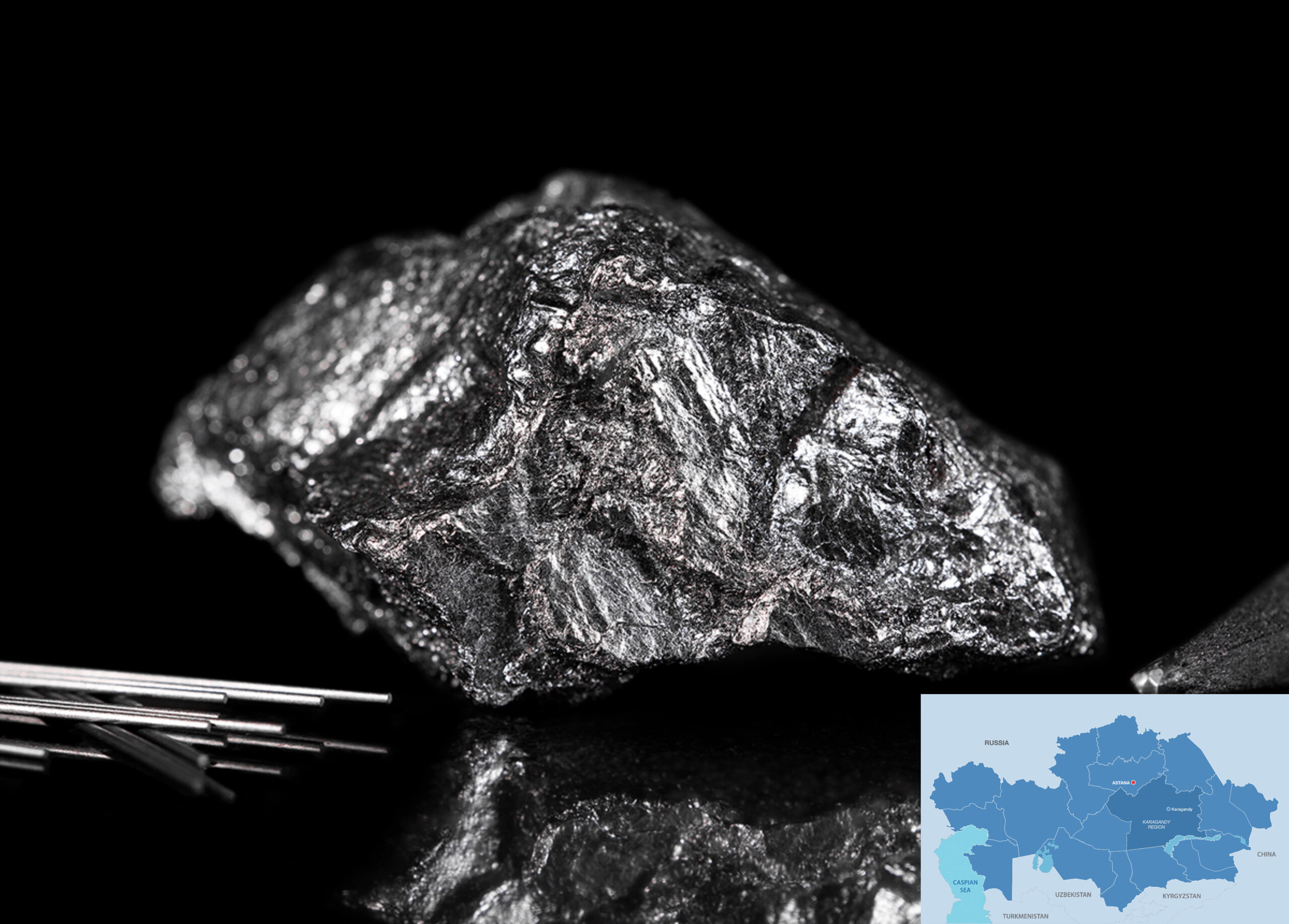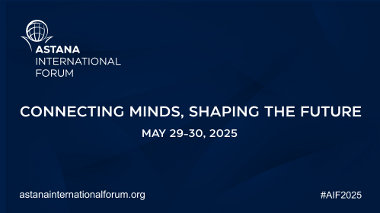ASTANA – The European Bank for Reconstruction and Development (EBRD) is venturing into Central Asia’s critical raw materials sector with its inaugural direct equity investment, taking a 17.36% stake in Sarytogan Graphite Limited. This Australian Securities Exchange-listed company is engaged in exploring the significant Sarytogan graphite deposit located in Kazakhstan’s Karagandy Region.

Graphite is a critical raw material. Photo credit: sarytogangraphite.com.au Click to see the map in full size. The map is designed by The Astana Times.
Major deal
EBRD announced on Aug. 9 its AU$5 million (US$3.3 million) investments in the company. This investment will support Sarytogan’s development program, including a feasibility study and working capital requirements.
“We are pleased to support the Sarytogan Graphite project, the first graphite project financed by the bank, on its path to become a responsibly mined source of battery-grade graphite for Europe and the world. EBRD is committed to supporting the global transition to a green economy, the move towards wider adoption of electric vehicles, in particular, via providing necessary funding and know-how to junior miners of critical and/or strategic raw materials,” said Natalia Lacorzana, EBRD Director for Natural Resources, as quoted in the Australian Securities Exchange announcement.
The Sarytogan graphite deposit holds the potential to become a leading supplier of natural graphite, both regionally and globally. The project’s indicated and inferred mineral resource estimate is 229 million tons or 28.9% of total graphitic carbon, according to the company.
“Sarytogan is delighted to attract this investment from the EBRD. The investment follows extensive technical and legal due diligence by the bank and we see it as a ringing endorsement of the governance of the company and the quality of the Sarytogan Graphite Project,” said Sarytogan Managing Director Sean Gregory, as quoted in the Australian Securities Exchange announcement.
The pre-feasibility study is expected to be complete by September.
Graphite, critical raw material: uses and applications
Graphite, a soft form of carbon, is a major raw material. The European Union has listed graphite in its fifth list of critical raw materials (CRM).
Graphite is found naturally in metamorphic rocks such as marble, schist, and gneiss. It possesses both metallic and nonmetallic properties, making it ideal for various industrial uses.
One of its most significant applications is in the production of lithium-ion batteries, which power electric vehicles (EVs) and portable electronics.
As the world shifts towards renewable energy and electric vehicles, the demand for graphite is surging. According to Benchmark Mineral Intelligence, graphite consumption in the battery market worldwide has grown by 200% since 2019.
In addition to batteries, graphite is essential in high-tech industries and in metallurgical processes. To date, China remains the world’s biggest graphite producer. According to data from the United States Geological Survey, in 2023, China produced an estimated 77% of total world production.
Kazakhstan has the potential to emerge as a key player in the global graphite market. The country, the largest economy in Central Asia, is endowed with significant natural resources, including graphite deposits. This positions Kazakhstan strategically in the global supply chain for critical raw materials.
Located at the crossroads of Europe and Asia, Kazakhstan offers strategic advantages for exporting raw materials to major markets in both regions. Sarytogan Limited pointed this out in its latest presentation to investors in June.
The Kazakh government has also been proactive in attracting foreign investment in the mining sector, offering incentives and a supportive regulatory environment for exploration and development.
The investment is part of the EBRD’s efforts to bolster Kazakhstan’s mining sector and its junior mining enterprises. It is also in line with the EU-Kazakhstan strategic partnership focused on raw materials, batteries, and renewable hydrogen.
To date, the EBRD has invested 10.2 billion euros (US$11.1 billion) in 324 projects across Kazakhstan, primarily supporting private-sector entrepreneurship.


